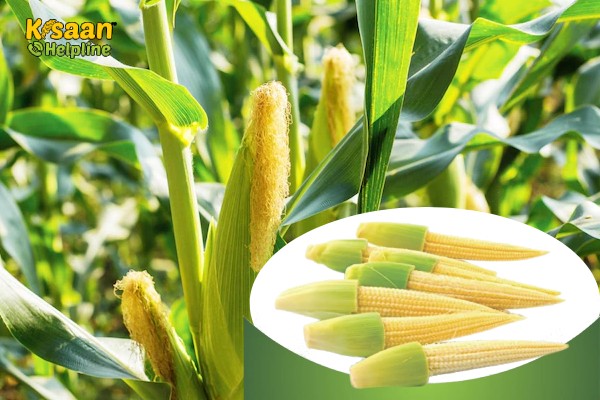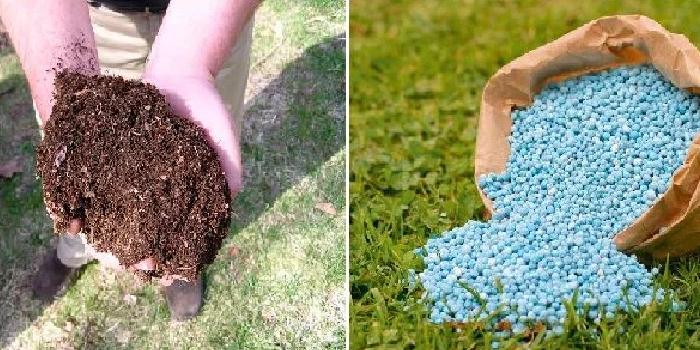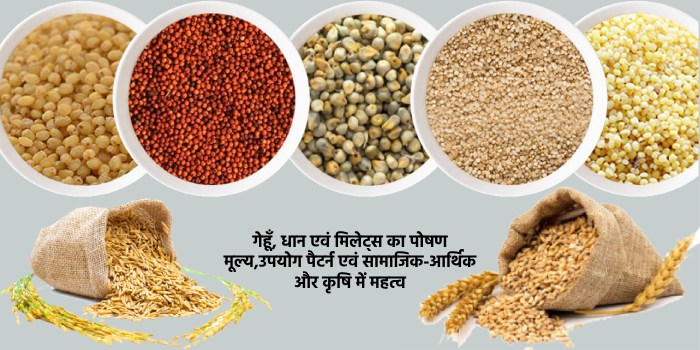
Susheel Kumar1, Vikas Singh Sengar1, Narendra Pratap Kumar1 and KK Singh2
1. Assistant Professor, Shivalik Institute of Professional Studies, Dehradun
2. Assistant Professor, Department of Agril. Economics, ANDUAT, Kumarganj, Ayodhya
Baby corn is the ear of maize (Zea mays L.) plant harvested young. It is harvested early, while the ears are very small and immature. The dehusked young ears of baby corn are eaten raw as well as cooked, whose delicate sweet flavor and crispiness are much in demand and is most common in Asian cuisine. In Thai cookbooks, it is also referred to as candle corn.
Nutritive value of baby corn is very high as it contains 89.1 per cent moisture, 0.20 g fat, 8.20 mg carbohydrates, 1.90 g protein, 28.0 mg calcium, 86.0 mg phosphorus, 0.10 mg iron, 0.05 mg thiamine, 0.08 mg riboflavin, 11.0 mg ascorbic acid, 0.03 mg niacin etc, per 100g of edible portion
Baby corn is a nutrient exhaustive crop and integrated nutrient management (INM) practice is important to retain productivity of the soil along with heavy returns. It has noted that no single source of nutrients is capable of supplying the necessary elements in adequate and balanced proportion and the use of inorganic fertilizers being a costly affair also leads to deterioration of soil health and quality of the produce. However, the use of organic sources alone, do not result in spectacular increase in crop yields, due to their low nutrient status and are also not easily available for a large scale use. Therefore, a judicious combination of organic manures and chemical fertilizers may help to maintain soil health as well as crop productivity Use of organic manures also makes available the essential micronutrients. Moreover, it enhances the availability of nutrients for a longer period of time to the plants. On the contrary, excessive use of inorganic fertilizers can reduce its quality for export purposes. So, an integrated nutrient management program helps in producing a quality product which can fetch good price in the national as well as international markets. Hence, the integrated nutrient management maximizes the nutrient use efficiency and avoid over exploitation of natural resources. It also helps farmers in saving money to be spending on costly inorganic fertilizers. It holds great promise in meeting the growing nutrient demands of intensive agriculture as well as maintaining the crop productivity at a fairly high level.








